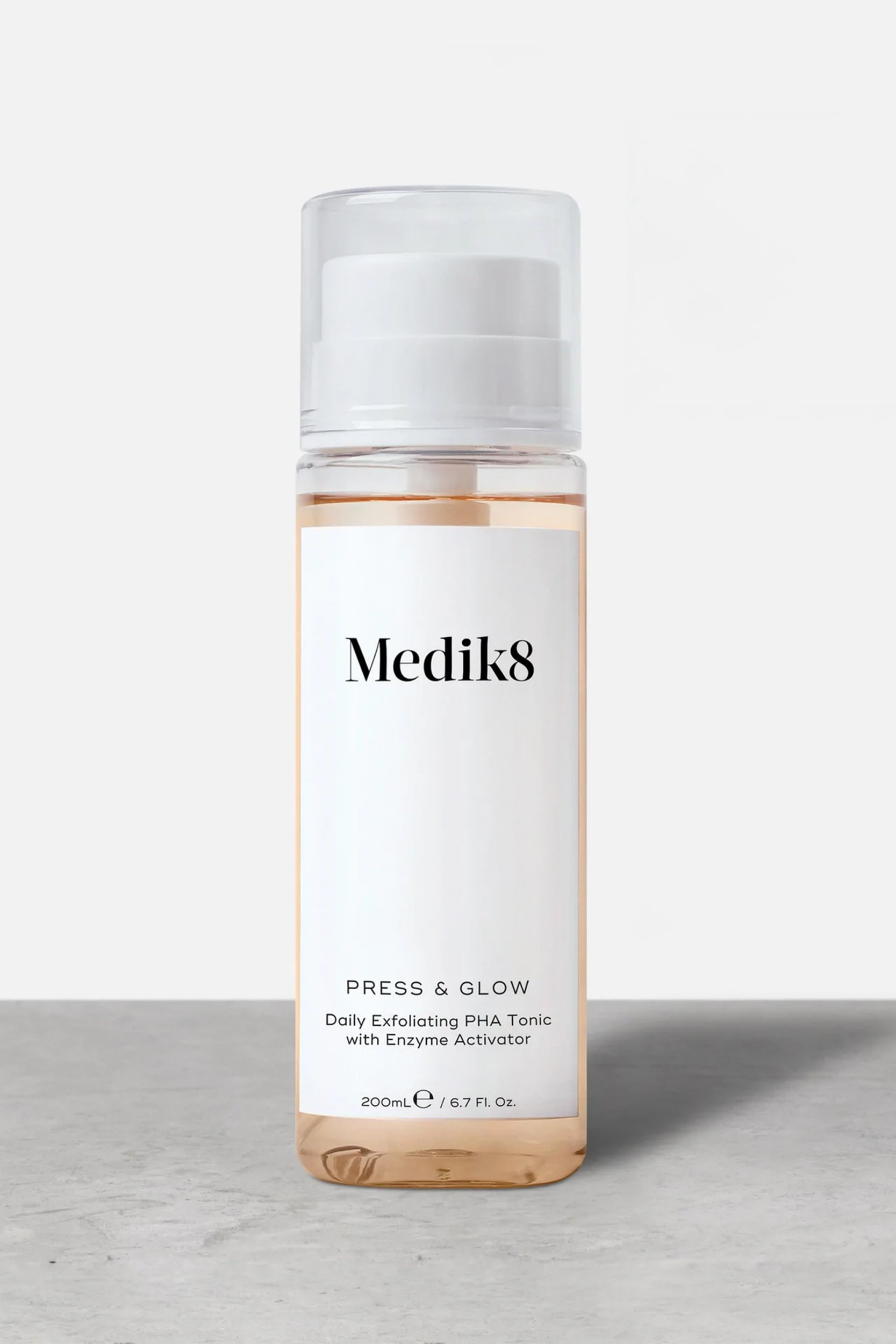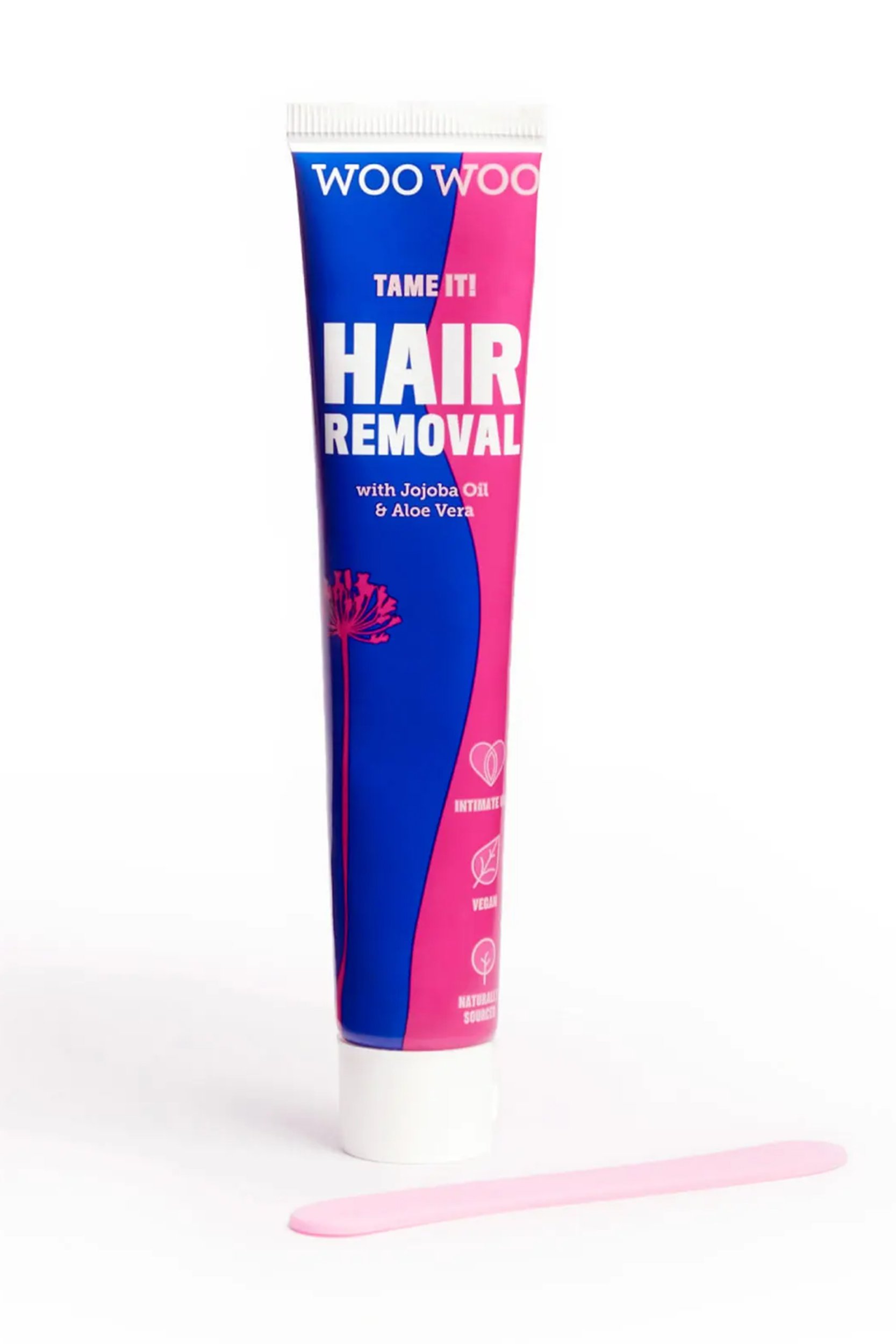We all have facial hair but some of us have more than others. We wanted to get to the bottom of what causes excess facial hair (there are loads of factors, FYI) and the most effective and safe ways to remove it if that’s the route you want to go down. So we asked Dr Kemi to break it down for us.
Fluctuating hormones, genetics and environmental triggers can all lead to unexpected and unwanted facial hair. It can occur on the chin, in between the eyebrows, lip line and on the cheeks. If it’s thick enough, it can be highly visible, lead to ingrown hairs and even cause scarring and hyperpigmentation.
There are two conditions related to excess hair on the face: hirsutism and hypertrichosis. But what exactly do they both mean?
What are the main causes of facial hair?
What is hirsutism?
Hirsutism occurs when your body produces excess amounts of male hormones such as testosterone; these hormones then signal to the follicles to produce hair. This leads to the development of thick, dark hair in regions of the body where men normally get hair, such as the beard area, abdomen, lip line and inner thighs.
The amount of hair that is considered ‘excessive’ varies in relation to factors such as ethnicity and culture, as well as personal preference on appearance.
Contributing factors that can lead to excess male hormones in the body include:
1. Your genetics: some people just have a genetic predisposition to having higher levels of circulating male hormones, or are simply more sensitive to them.
2. Polycystic Ovarian Syndrome: a condition that results in high levels of male hormones, menstrual disturbances, acne, excess body hair and infertility.
3. Hormone-secreting tumours and certain drugs such as corticosteroids.
What is hypertrichosis?
Hypertrichosis, on the other hand, is totally different. It’s not due to excess male hormones and is simply the result of excess hair growth in any region of the body.
It can be caused by certain drugs such as minoxidil or conditions like anorexia nervosa.
Whether you experience hirsutism or hypertrichosis (which should be determined by a doctor), if you’d like to safely remove excess hair in an easy way, there are methods I’d recommend more than others.
How to remove excess hair
Needless to say, there are a mountain of different methods to remove hair, ranging from the futile to the can’t-live-without’. The one you pick will be dependent on your skin type and personal preference.
However, incorrect methods of facial hair removal can lead to folliculitis, dermatitis, hair growing back thicker and even scarring.
Here’s a look at all your best prospective methods and how you can best adapt them to optimise hair removal whilst protecting your skin:
Waxing
Allow your hair to grow out to around 1/4 of an inch so that it’s long enough for the wax to hold onto. Use a gentle exfoliator the day before you wax to help remove buildup in follicles to allow better contact between the wax and the hair.
3-4 days after your wax, you can again gently exfoliate the skin to help prevent ingrown hairs.
Remember that (while in general a solid method) waxing from home increases your risk of breaks to the skin, irritation and ingrown hairs. If possible, always see a licensed professional with lots of experience.
Tweezing
If you do choose to tweeze facial hair, do so safely and with hygiene in mind.
Make sure your skin is thoroughly cleansed and the tweezers sanitised; this is to prevent the transfer of bacteria from tweezers to skin and vice versa. You can use a standard antibacterial spray to sanitise your tweezers in between use.
Get close to the root of the hair in order to remove the entire strand from its follicle and prevent the hair breaking off into the skin; this can result in ingrown hairs. Also take care not to nick the skin; repeated trauma can result in scarring and pigmentation.
As with other methods of hair removal, ensure you use a gentle exfoliator a few days after you tweeze to reduce the risk of ingrown hairs.
Depilatory hair removal creams
These creams work to remove the hairs down to skin level so that they can easily be scraped away. On a molecular level, the product helps to break down and dissolve the proteins in the hair.
Hair removal creams have an advantage over other methods of hair removal as they don’t leave behind ingrown hairs.
The problem, however, is that they can be quite irritating to some people’s skin.
Always opt for the ‘sensitive skin’ version and perform a patch test before use to reduce this risk. And if you’re noticing signs of inflammation (redness, swelling, irritation and warmth) then it’s time to cease use and consider other forms of hair removal.
Topical eflornithine
This is a prescription cream that your GP can provide; it works by inhibiting the enzyme ornithine decarboxylase, which is important for hair growth.
It works particularly well for those with course hair and sensitive skin, but as mentioned can only be obtained by the GP and is only truly effective with continual use.
Laser hair removal
Laser hair removal is a safer, more permanent method of hair removal than others. It works by using a beam of energy to heat up and destroy the hair. Whilst it will eventually grow back, the ability of the laser to destroy the entire follicle makes it a longer-lasting method of hair removal.
Laser requires multiple treatments in order to ‘catch’ each hair while they’re in ‘active’ phases of growth, but the cosmetic result is well worth the extra time and money.
To make the most of your laser hair removal, it’s important to avoid waxing and tweezing prior to your hair removal sessions, as well as steering clear of retinoids, exfoliating acids and excessive sun exposure to the area of skin.
Make sure you pick a laser practitioner that has lots of reviews and experience and for darker skin types, go to providers that use a ND:YAG laser, which is more effective.
Lastly, don’t forget to use SPF diligently the days after laser hair removal, as your skin is particularly sun sensitive during this time.
Electrolysis
Electrolysis is another more permanent method of hair removal. It works by sending a tiny electric current deep within the hair follicle.
It’s safe (when performed by an experienced practitioner) and has the potential to closely target specific areas.
Like laser hair removal, it requires multiple sessions in order to be effective and therefore requires time, money and commitment.
Excess body hair can be troubling for some, while others learn to embrace it. Whatever you choose, it’s important to remember that if you’re noticing more excess body hair than normal, it could be a sign of a medical condition. Always speak to your GP if you’re concerned or notice any new symptoms.














